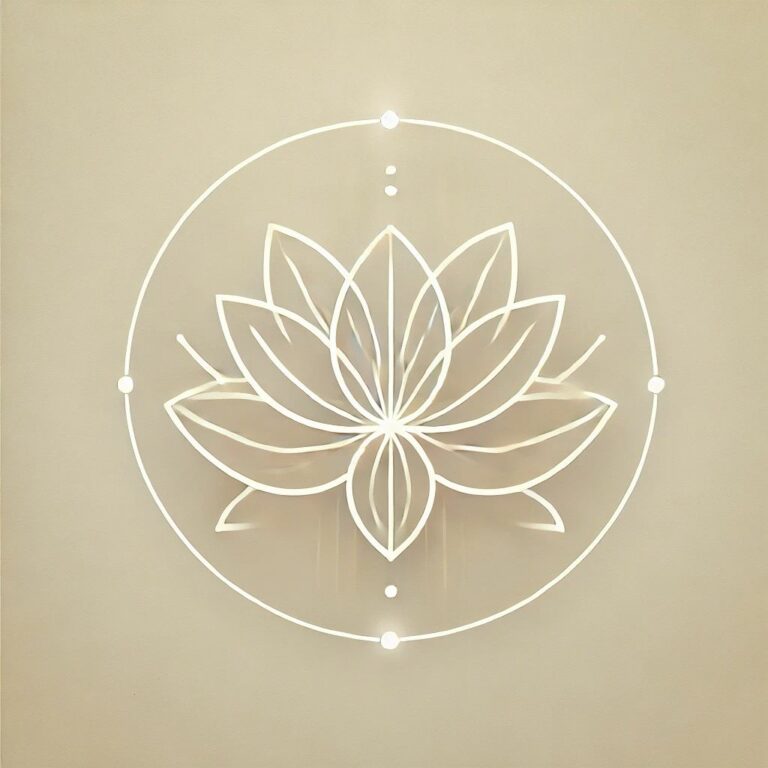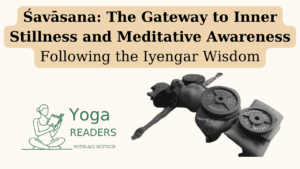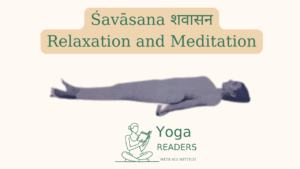
Notes of the Special Session with Lois Steinberg
In a recent Yoga Readers session, Dr. Lois Steinberg opened her teaching archives and personal memories, sharing stories that span four decades of study

In “The Tree of Yoga,” B.K.S. Iyengar presents a profound framework for understanding the natural evolution of yoga practice through four distinct stages (catur avasthā). As he notes, “The Hatha Yoga Pradīpika, the Siva Samhita and Patanjali himself all speak of four types of practitioner in yoga.”
In this initial stage, we start with the physical body, our most tangible aspect. Iyengar describes the methodical approach required:
“In a beginner, the mind will always run on the surface, which is the physical body. At this stage you have to work with dharana, or concentration.”
He outlines a systematic process of building awareness:
“First look at the foot, then come to the ankle, connect the ankle with the foot, then look at the knee, connect the knee with the ankle, connect the knee with the foot, then come to the hip, connect the hip with the knee, the ankle and the foot, then come to the lower torso, the upper torso, the armpits, the neck, the face, and so on.”
This careful progression helps us “bring the vastness and multiplicity of the intelligence from a state of divided concentration into a single concentration.”
The second stage deepens the relationship between mind and body. Iyengar poses a crucial question:
“Feel the mind while you are doing it. Is the mind moving with you, or is the mind not moving but only observing, watching?”
He emphasizes the difference between fragmented and holistic awareness:
“There is a difference between bringing the mind to the different parts of the body as they move, and asking the mind to move with the body… First you did not know the body; you only knew the ankle, the knee, and so on. Now you must know the body as a whole, through the mind.”
In this stage, a profound integration begins to occur. Iyengar uses a beautiful metaphor:
“As two people are introduced to each other by a third person, so the mind introduces the body to the intelligence… It is like the person who introduces you to me. After introducing us, this third person disappears and you and I become friends. So the mind disappears and the intelligence and the body become one.”
The final stage represents complete integration. Iyengar describes this state of unity:
“When the intelligence feels the oneness between the flesh and the skin, it introduces the self, the atman, saying, ‘See what I have done! Come and see!’… Because you are then perfect in the pose, see that as you introduce the body, the mind, the intelligence and the self, they all run parallel together in the presentation of the asana. This is freedom from the body. The body is forgotten in that moment because everything is flowing at the same speed and in the same direction.”
Iyengar concludes with a crucial warning about respecting the process:
“But if you forget the body before you go through the earlier stages, you will never reach that point. That is the problem. Until the finite is known, how can we touch the infinite?”
This framework presents yoga as a methodical journey of integration (saṃyoga), where each stage naturally unfolds from the previous one. Like climbing a ladder, we must place our foot firmly on each rung, moving from the gross to the subtle, from the outer body to the innermost Self, in a gradual but transformative progression.

In a recent Yoga Readers session, Dr. Lois Steinberg opened her teaching archives and personal memories, sharing stories that span four decades of study

In the vast and intricate repertoire of yoga āsanas (postures), Śavāsana (Corpse Pose) holds a unique and profoundly significant position. Often superficially perceived as

In the vast repertoire of yoga āsanas, Śavāsana (Corpse Pose) holds a unique and profound position. As Geeta Iyengar explains in “Yoga: A Gem
Agi Wittich is a yoga practitioner since two decades, and is a certified Iyengar Yoga teacher. Wittich studied Sanskrit and Tamil at the Hebrew University of Jerusalem, Israel, completing a PhD with a focus on Hinduism, Yoga, and Gender. She has published academic papers exploring topics such as Iyengar yoga and women, the effects of Western media on the image of yoga, and an analysis of the Thirumanthiram yoga text.